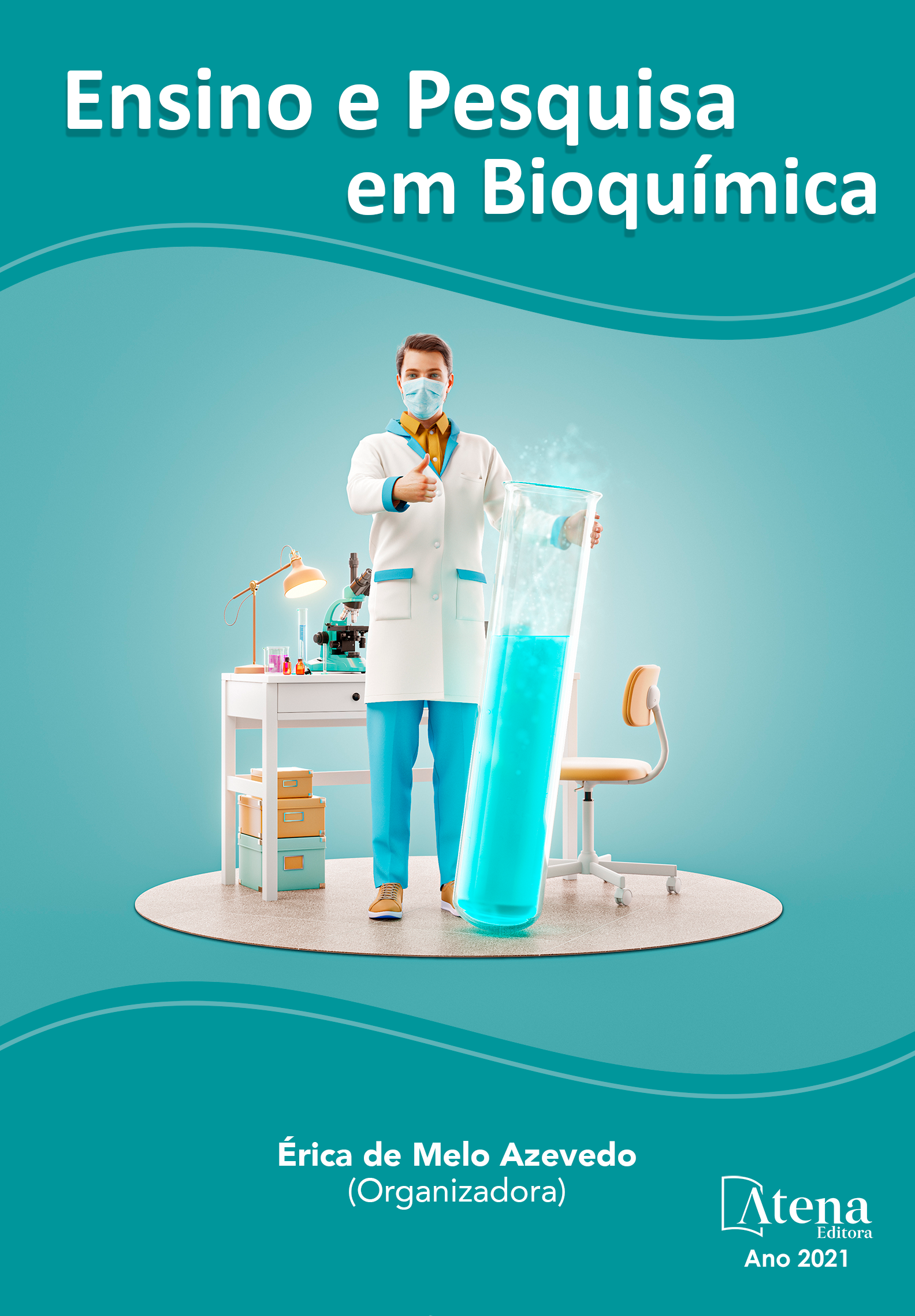
ESTUDO DE CARBOIDRATOS NA RESINA DE Croton urucurana Baill
Croton urucurana Baill é uma planta medicinal amplamente encontrada na região Centro-Oeste. Conhecida popularmente como Sangra-d’água ou Sangue de dragão, pois quando ferida, libera uma seiva resinosa de cor vermelho como sangue. A casca e a resina dessa planta são utilizadas na tradição popular como remédio natural por suas propriedades anti-inflamatórias, antibacterianas, antissépticas e cicatrizantes. O objetivo deste trabalho é identificar os carboidratos simples (oligossacarídeos e monossacarídeos) da resina in natura do C. urucurana por meio da cromatografia em papel. O espécime coletado da planta foi identificado e depositado no herbário da Universidade Federal de Goiás. A separação e identificação de açúcares da resina foram realizadas utilizando cromatografia em papel descendente de 72 horas com fase móvel butanol:etanol:H2O (3:2:2) e Benzeno-BuOH-Piridina-H2O 1:5:3:3. Em ambas fases móveis o padrão interno foi a lactose. Os resultados apresentam uma grande quantidade de pentoses e traços de oligossacarídeos. Na fase móvel butanol:etanol:H2O (3:2:2), o Rf de pentoses é 1,5 e os padrões de Manose, Glicose e Galactose apresentaram Rf de 1,4; 1,2 e 1,1 respectivamente. A fase móvel Benzeno-BuOH-Piridina-H2O (1:5:3:3), o Rf de pentoses é 4,2 e os padrões da xilose e glicose originaram um Rf de 3,7 e 3,0 respectivamente. A presença de grandes quantidades de pentoses livres podem ser responsável pelo sinergismo em relação as propriedades medicinais apresentadas pela resina.
ESTUDO DE CARBOIDRATOS NA RESINA DE Croton urucurana Baill
-
DOI: 10.22533/at.ed.0382112026
-
Palavras-chave: Croton urucurana Baill, Carboidrato, Cromatografia
-
Keywords: Croton urucurana Baill; Carbohydrate; Chromatography
-
Abstract:
Croton urucurana Baill is a medicinal plant widely found in the Midwest region. Popularly known as Sangra-d'água or Dragon's Blood, because when wounded, it releases a resinous sap colored red as blood. The bark and resin of this plant are used in popular tradition as a natural remedy for their anti-inflammatory, antibacterial, antiseptic and healing properties. The objective of this work is to identify the simple carbohydrates (oligosaccharides and monosaccharides) of the natural resin of C. urucurana by means of paper chromatography. The specimen collected from the plant was identified and deposited in the herbarium of the Federal University of Goiás. The separation and identification of sugars from the resin were performed using chromatography on 72 hour descending paper with mobile phase butanol: ethanol: H2O (3: 2: 2) and Benzene-BuOH-Pyridine-H2O 1: 5: 3: 3. In both mobile phases, the internal standard was lactose. The results show a large number of pentoses and traces of oligosaccharides. In the mobile phase butanol: ethanol: H2O (3: 2: 2), the Rf of pentoses is 1.5 and the patterns of Mannose, Glucose and Galactose showed Rf of 1.4; 1.2 and 1.1 respectively. The mobile phase Benzene-BuOH-Pyridine-H2O (1: 5: 3: 3), the Rf of pentoses is 4.2 and the xylose and glucose standards gave an Rf of 3.7 and 3.0 respectively. The presence of large amounts of free pentoses may be responsible for synergism in relation to the medicinal properties presented by the resin.
-
Número de páginas: 8
- Sabriny Souza de Araújo
- Antônio Zenon Antunes Teixeira


